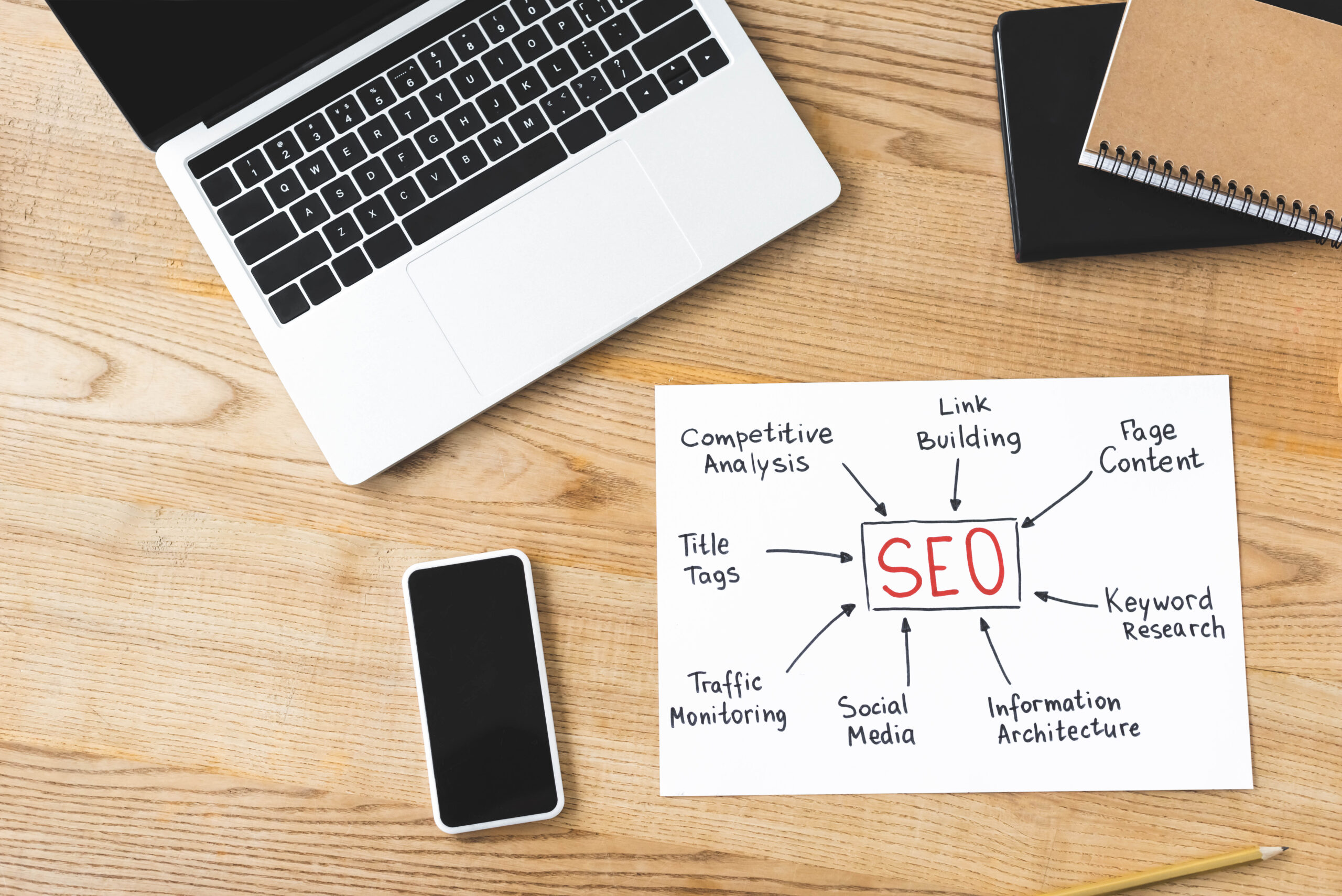
A solid technical SEO foundation is essential for achieving long-term success in today’s competitive digital landscape. However, navigating the complexities of technical SEO can seem like a daunting task for many businesses. Captured Marketing is dedicated to equipping businesses with the knowledge, tools, and strategies required to excel in their SEO endeavors. With this comprehensive guide, we aim to demystify the intricacies of technical SEO, offering actionable insights and proven techniques for optimizing your website for improved user experience and search engine performance.
Technical SEO refers to optimizing your website for search engine crawlers, ensuring that your site is accessible, indexable, and user-friendly. In this in-depth guide, we will explore the essential components of technical SEO, providing expert tips and techniques for addressing common challenges and elevating your website’s performance. By embracing these strategies, you can gain a competitive edge and drive long-term success for your business in the digital world.
Please note that user experience plays a pivotal role in any SEO strategy; hence, prioritizing customer satisfaction and tailoring your approach to your target audience’s needs is critical to unlocking long-term success.
1. Implement Responsive Web Design for Mobile-Friendliness
With an ever-increasing number of users browsing the internet on their mobile devices, ensuring that your website is mobile-friendly and responsive is crucial. To create a seamless browsing experience for your users, consider implementing these responsive design best practices:
- Adopt fluid grids: Fluid grids allow your site’s layout to adapt to different screen sizes, ensuring your content looks good and functions properly on various devices.
- Use flexible images: Ensure your images can adjust automatically to fit the screen’s width and height without losing quality or causing loading issues.
- Implement CSS media queries: Utilize CSS media queries to apply different styles and layouts based on the user’s device, offering an optimized browsing experience.
- Test your site on multiple devices: Regularly test your website on various devices and screen sizes to identify and fix any issues with responsiveness or user experience.
2. Improve Site Speed and Performance
A slow-loading website can lead to high bounce rates, reduced engagement, and lower search engine rankings. To optimize your site for speed and performance, employ these expert tips:
- Minify CSS, HTML, and JavaScript: Minify your code by removing unnecessary characters, spaces, and lines, ensuring faster load times and improved site performance.
- Optimize and compress images: Utilize image optimization tools to compress your images without compromising quality, reducing the overall size of your site and improving load times.
- Implement browser caching: Browser caching allows users to store a cached version of your site on their device, leading to faster load times during subsequent visits.
- Use a content delivery network (CDN): A CDN distributes your site’s content across multiple servers around the world, enabling users to access your site quickly and efficiently, regardless of their location.
3. Ensure Proper Crawling and Indexing
To enhance your search engine performance, it’s vital to ensure that search engines can efficiently crawl and index your website. Implement these techniques to optimize your site for search engine crawlers:
- Create and submit an XML sitemap: An XML sitemap lists all the URLs on your website and informs search engines about your site’s structure, making it easier for search engines to crawl and index your content.
- Utilize robots.txt files: A robots.txt file instructs search engine crawlers about which parts of your website should and should not be indexed, enabling you to control your site’s visibility in search results.
- Identify and fix crawl errors: Regularly check Google Search Console or other SEO tools for crawl errors, ensuring that search engines can access and index your web pages without encountering issues.
4. Focus on Site Structure and Navigation
A well-structured and easy-to-navigate website fosters user engagement and trust, encouraging users to explore your site and consume your content. Adopt these strategies to optimize your website’s structure and navigation:
- Organize content into logical categories: Ensure that your content is organized into logical categories and subcategories, making it simple for users to locate the information they need.
- Utilize descriptive and concise navigation labels: Use clear, concise, and descriptive labels for your site’s navigation elements, ensuring that users understand the content within each section.
- Implement a breadcrumb trail: A breadcrumb trail provides users with a visual representation of their location within your site’s hierarchy, enhancing user experience and navigation.
- Create an HTML sitemap: An HTML sitemap offers users an accessible, organized index of your website’s content, making it easier for them to find the information they’re looking for.
Leverage Technical SEO for Long-Term Success
By mastering technical SEO best practices and implementing expert techniques, you can optimize your website for enhanced performance, user experience, and search engine ranking. Achieving success in your technical SEO efforts requires a strategic and diligent approach, but the long-term benefits are well worth the investment.
At Captured Marketing, our mission is to empower businesses with customized solutions and expert guidance, enabling you to excel in the competitive digital landscape. Partner with us to unlock the power of technical SEO, harnessing our expertise to ensure a flawless and user-friendly website. Together, we can achieve enduring success and elevate your online presence to new heights.




